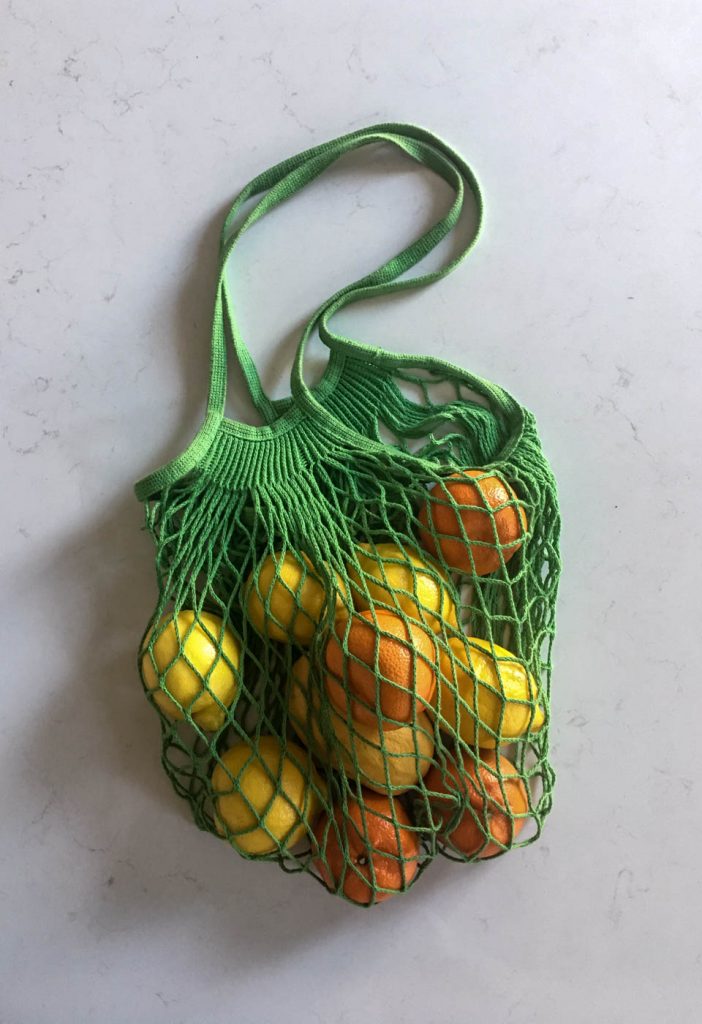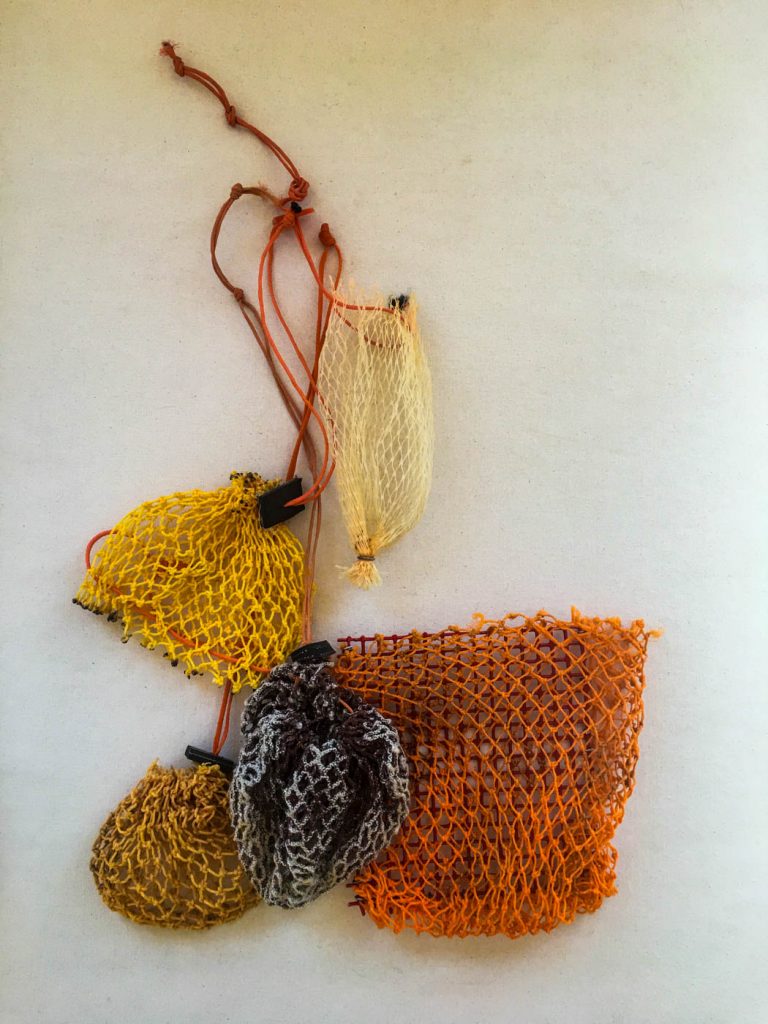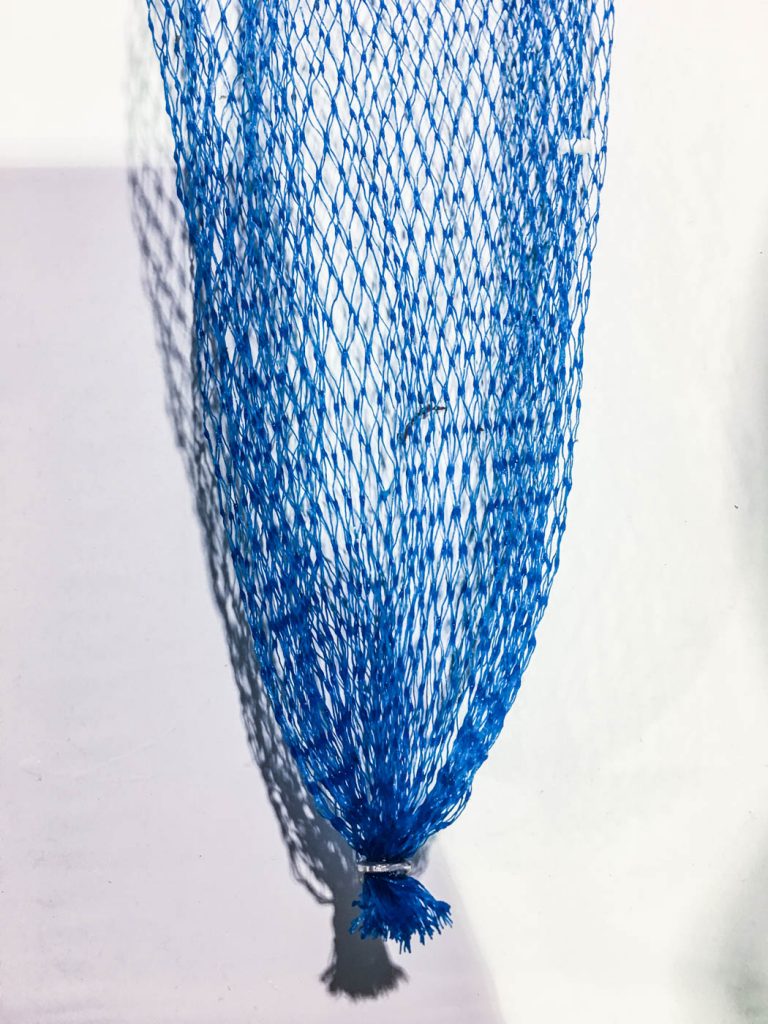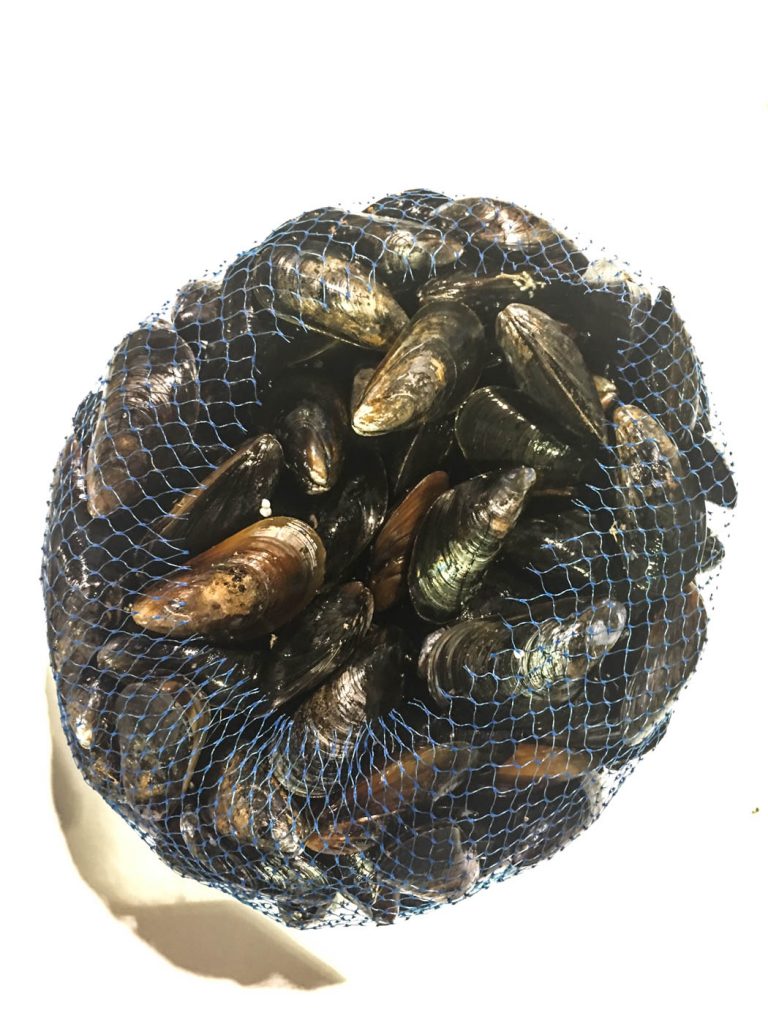
I grew up with bits of the beach dotted all over our house. My parents lived on Haida Gwaii, off the coast of British Columbia before they had kids. Based on their finds, it looks like beachcombing was their favourite pastime. I picture my dad in his creamy Irish sweater, the one my grandmother knit for him and I wore as a teenager until the sleeves unravelled, my mom in her suede earth boots laced to the knee. Cedar trees are barely visible in this image, the fog is thick as they said it often was, making the treasures hard to find.
They found glass balls that had floated across the Pacific from Japan. Huge shells. Sand dollars. A whale vertebral disk, smooth from tumbling in the waves. They displayed their finds here and there, turning them into objects d’art, so to speak.
This pastime continued once they had kids. We went to Martinique beach, Lawrencetown and the Parrsboro coastline, usually on the coldest, windiest days of the year, just to ‘see what we could find.’ Sometimes my Dad would bribe particularly grumpy daughters with money – a dollar for every perfect sand dollar found. That ended when my little sister found forty of them in one short afternoon.
This pasttime runs through the family. My aunt Sandra also beachcombs, but being a textile artist, she is drawn to the woven bags tangled in the dry seaweed. They are bait bags, and as the name suggests, are used by fishermen to lure in the catch. The nylon fibres – once made from natural materials like grass, flax, cotton and wool – magically stretch to hold the bulging bait yet are thin enough to reveal all that’s inside. I picture them as an ocean bird feeder (with a hunter waiting in the wings).
Sandra hangs her bait bags on a hook in her hallway. Here they become weavings and seem at home on the peg board hanging next to spools of colourful thread.

Prince Edward Island mussel farmers use various weavings to grow and sell their mussels. The seeds are grown in long, tube-like woven socks suspended from buoys. When big enough the shells are attached to old lobster fishing lines (the mussels like to cling to frayed fibres – the older the better). The mussels grow on these lines for over a year, flowing beneath buoys, swaying with the tide. Once harvested they are packed into blue plastic woven bags that stretch, just like a bait bag, to fit 2, 3 or 5 lbs worth of mussels.
Last month I was working with my PEI mussel friends. Together we were promoting PEI mussels in Ontario, sharing samples to show how easy they are to cook at home. Mussels are packed with nostalgia; most who sampled were swept away to a childhood visit to Prince Edward Island. Heads tilted back. Eyes were closed. I get it, this still happens to me too. But I also get side tracked by the bags. I stretch them, photograph them, wonder if Sandra would deem them beautiful.


Toronto photographer Nikole Herriott finds them beautiful. She works all forms of net bags into her photography. When pulled from their natural habitat and placed purposely in the home, they become art.
My cotton version of the bait meets mussel bag is this green cotton one above. It lives in the bottom of my purse, ready to stretch to fit just about anything from vegetables to gym clothes in need of a good ‘airing out’. I bought it on a trip to London a few years ago, but have since seen them everywhere from organic grocery stores to Amazon. My mother-in-law said she made string bags in sewing class as a kid. I love the image of little English girls, quietly knotting, and knotting, and knotting until cotton strings became a bag.
Plastic is pervasive. It washes up as garbage, tangled in seaweed. But when pulled from the wreckage and brought into the home, it can be beautiful. I say reuse it that way, and carry a string bag in your purse.
Thai Sweet Chilli Mussels, adapted from PEI Mussels
2 lb fresh PEI Mussels
1/4 cup white wine
1/4 of a red onion, finely chopped
4 Tbsp Thai sweet chili sauce
2 Tbsp chopped fresh cilantro
juice from 1/2 a lime
Rinse mussels under tap water. Tap any mussels that are still open and discard any that do not close after being tapped and rinsed.
Tip mussels into a big soup pot then add the white wine, red onions, sweet chili sauce and the cilantro.
Finish with a squeeze of lime and drop it on top.
Cover pan and leave to steam, anywhere from 5-10 minutes. When steam creeps out from under the lid, they’re ready. Don’t peek beforehand!
Give the mussels a good stir and discard any mussels that do not open.
Serve mussels and sauce in a large bowl with lots of good bread for dipping.
